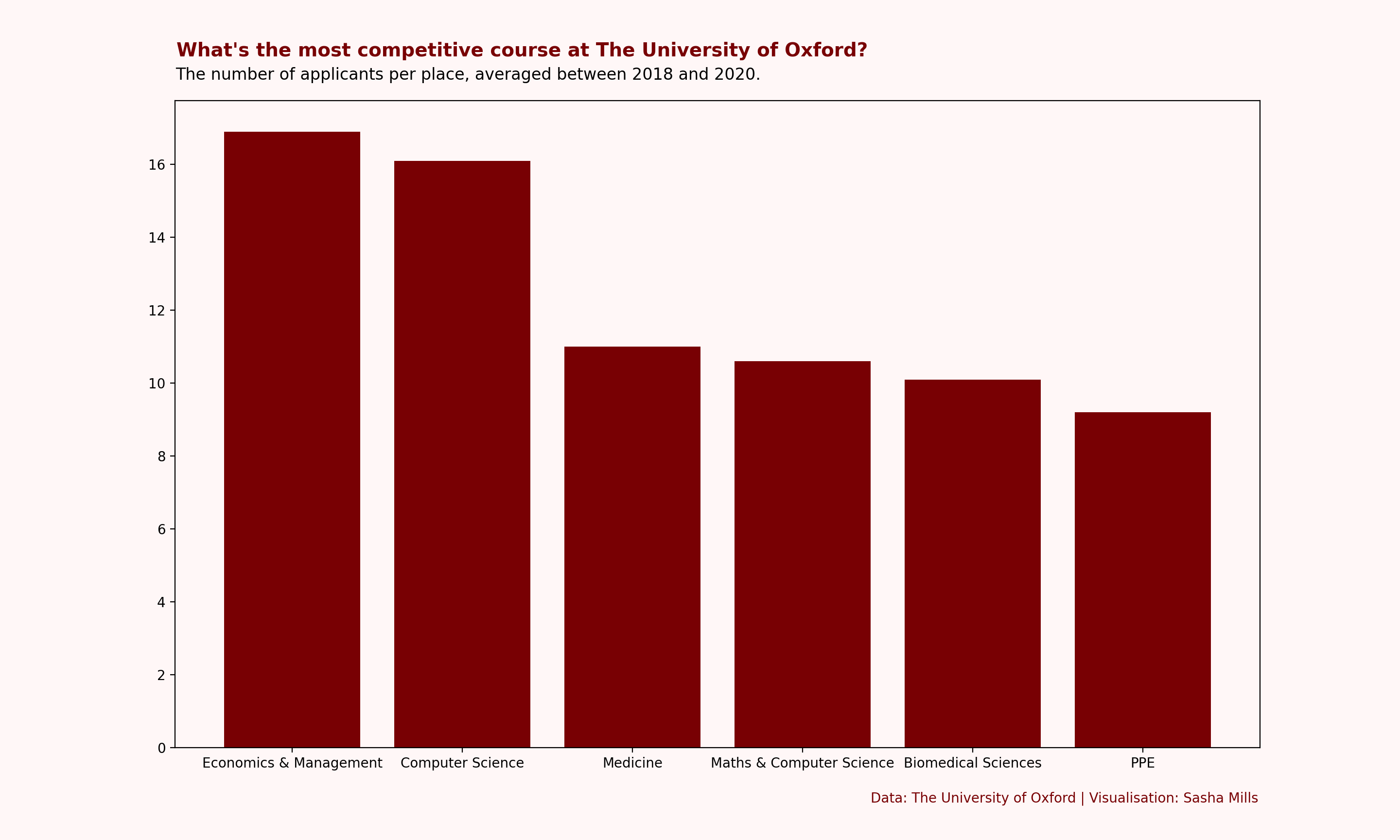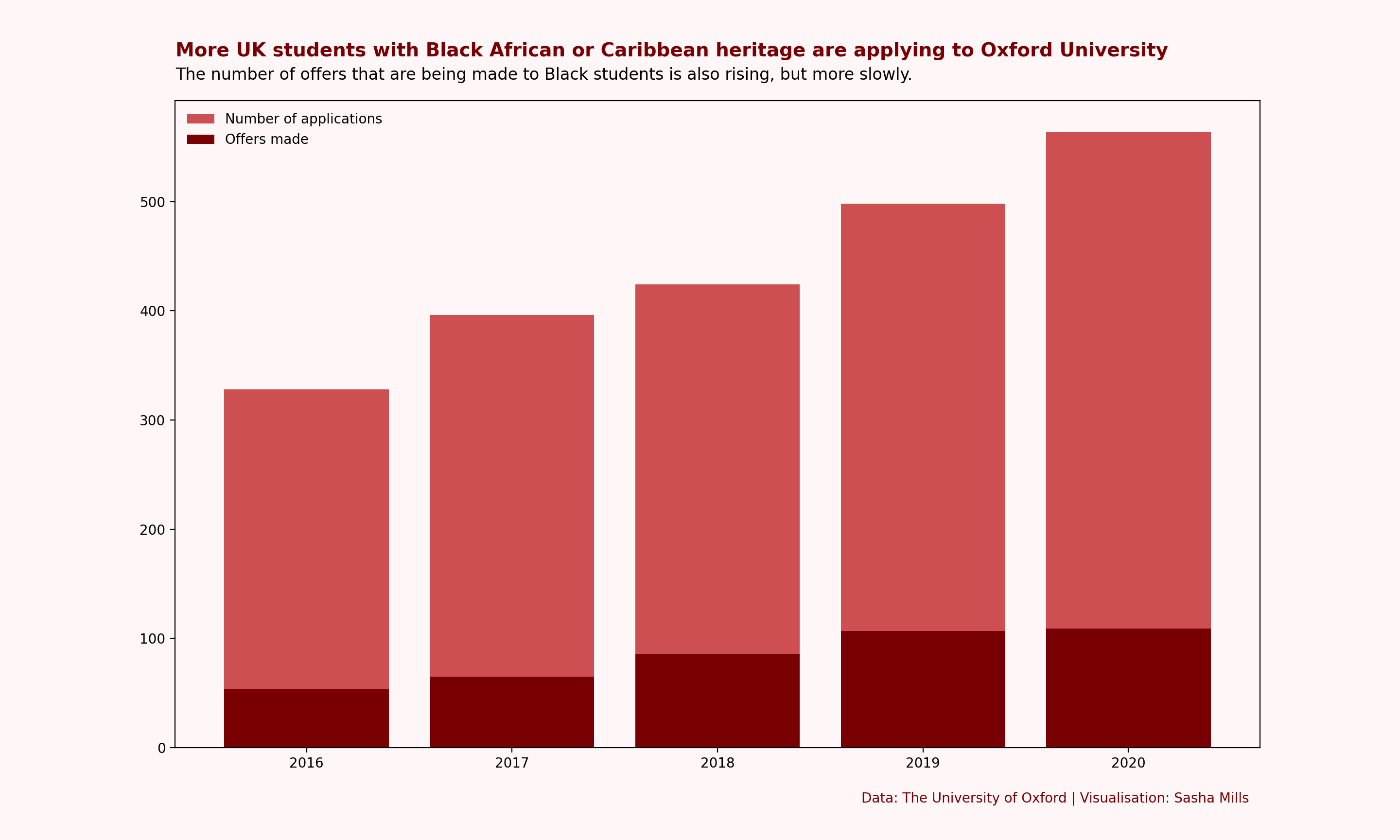Fear is not nearly so disarming as helplessness. And this pandemic has introduced new ways to understand fear. Last March, there was a fear of the unknown, of stepping into restrictions on daily life that had not been encountered in living memory in Britain. Oxford was left echoing out into its own silence with the sound of footsteps untrodden, a deserted river uncut by the wakes of punts, and an Exam Schools, grim-faced and empty, towering over a traffic-less High Street and the ghosts of carnations, shaving foam, and mortarboards.
Our previous fears have somewhat dissolved into new ones; the anxious fear that we have forgotten how to speak to each other; the silent fear that life as ‘normal’ is perhaps gone forever and at best we will get back a distant relation of it; maybe even the more hopeful fear as we watch the snaking queues walk through the vaccination clinic, praying that the net of safety this casts will fall around all those that we care about in time. We faced these fears; faced them with shaky, disbelieving laughs and parting calls of ‘stay safe’ last year, and we face them this year with hundreds of thousands of volunteers donning PPE, picking up syringes of vaccine and welcome leaflets.
It seems, however, this pandemic has unturned corners down the road yet. 14 months into my COVID journal, a new crisis has the world in its tightest grip yet. Since the start of April, a fast-spreading new variant has meant that India has posted a new global world record for the number of coronavirus cases every single day. This gruesome triumph has in the last two weeks come to a peak even by its own standards, topping out at around 400,000 officially recorded cases a day.
India’s purported silver COVID bullet of a remarkably low death rate is flagging in the face of a daily death count in the thousands…if we take the official records. If we take the reports from exhausted health workers, the journalists wading into the hellfire, and the crematorium workers who break up the battles the living have so their dead can pass peacefully, the death toll is likely several times higher each day. Perhaps the equivalent of the University of Oxford’s population is dying in India every week. We will not know until the dust has settled, and perhaps not even then. For the thousands of migrant and daily-life workers who die due to a lack of oxygen, if they are not seen by the journalist at the door of the crematorium, there may be no one left to mark their death.
The time is both past and not yet come to explicate whether these are the effects of years of chronic under-investment in healthcare, the re-election of a nationalist party or simply the contingent complacency borne of early victories. In 2019, the idea of a singular event being able to rock the entire world, to enter into even those crevices of humanity that have resisted politics and wider society the longest and the hardest, was unthinkable. The first four months of the new year was an immersive masterclass in exactly how that could happen. You could look people in the eyes and see there was only one conversation, one word on their lips. And yet, watching doomsday itself unfold in India as a South Asian person in Britain has felt more different than this still; a more personal global crisis. All of a sudden you are plugged into the diaspora, not only by fear but by desperate helplessness.
It is difficult to prescribe a rank to the set of reasons for which the University and its students should take action against the crisis in India. But perhaps the most obvious reason is this one. India’s Prime Minister has talked of the ‘living bridge’ that exists between the UK and India – a description a string of Conservative Prime Ministers have hastened to match in clunky urgency. The political expediency in such descriptions is clear, and the dancing around colonial history that accompanies these speeches is awkward at best.
However, in May 2021 it is unavoidably evident that any cultural ties that may have begun with an empire are sustained today by an individual, personal link, magnified a million times. Entire generations of South Asians have settled in Britain, and their children have diffused through every level of society. To be greeted with a picture of Rishi Sunak’s beaming face plastered over every option on the Wetherspoons app last summer is perhaps the most cringe-inducing proof in this microwaved pudding.
A crisis in India will, now and henceforth always, wash up a wave of pain on Britain’s shores. The pandemic has thrown a new urgency in the duties of care a University owes to its students and staff, and at this moment, most of its members are about two degrees of separation away from a relative or friend in immediate danger. Scouts, porters, tutors, students of Indian heritage wait on tenterhooks and Indian students face a Trinity term of exams and significant deadlines whilst waking up every day to a country and a home on fire. This crisis is also Oxford’s crisis, and Oxford has the resources to help.
Moreover, the Serum Institute of India is an enormous player in the battlefield to end this pandemic and wrest our lives back. It has been producing vaccines since January for international use and the Global South as well as for domestic use. Five million of Britain’s planned doses originate from the SII at a time where North American countries and Western European countries have been imposing restrictions and outright bans on vaccine and component exports. 30 million doses have been provided by the SII to Covax, the WHO-based international program to distribute to vaccines to low and middle-income countries. This in addition to the bilateral transfers of tens of millions of doses to neighbouring countries at little or no cost. The SII is integral to accelerating the global rollout of vaccines that will end this nightmare, and whilst its resources are otherwise diverted, the variants (like the one that brought the NHS to its knees in January) are a real and ever-present danger – we’ve now learned that complacency towards the things that matter will come back to bite.
There are clear, present, pressing needs emanating from India now: oxygen, hospital resources, medical consultations. And there are clear, present, pressing ways that the country and the University of Oxford can provide them. The resources required exist, as does the human capital necessary, in this country and that one, to re-innovate and direct them to where they are needed. Now what is needed is the financial resources to facilitate this. The Oxford India Society, HUMSoc, and the Oxford South Asian Society in collaboration with their Cambridge equivalents have in the last week set up a fundraiser with a chain of expert evaluation behind it directing financial resources to exactly where need and impact is greatest. The fundraiser has blown well past its initial targets, but more is needed. The University of Oxford, its colleges, and its common rooms and supremely well-placed to contribute the kind of finances that will make tangible difference. Students within that can exert the pressure to make this happen.
Whatever else we describe of our university experience in later life, we already know this story is one that will be told. In decades to come, we will be asked about the months and years following March 2020 – where we were, how we coped and, more than anything, what we did. How we helped. In the coming weeks, standing up and being counted in this newest crisis will come at very little effort to us, but is capable of making the enormous differences we need to make this a story to tell rather than the life we are living.
Submit a motion to your common room to transfer funds to the Oxford India Society to directly support the crisis.
Call on your head of college to support the fundraiser from college funds, and address the welfare needs of Indian students.
You can donate to the fundraiser here.
Image Credit: Gwydion M. Williams. Licence: CC BY 2.0.





